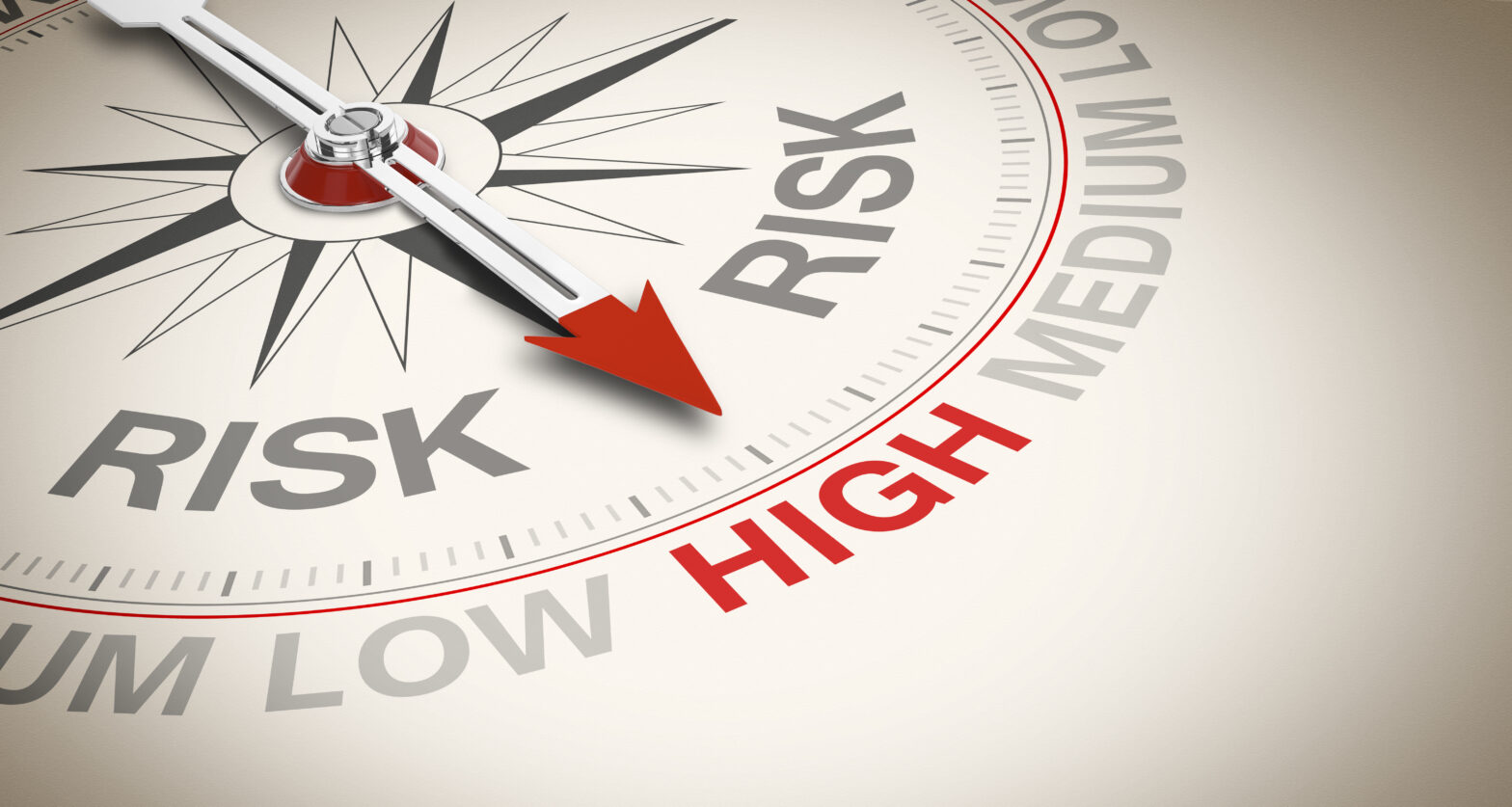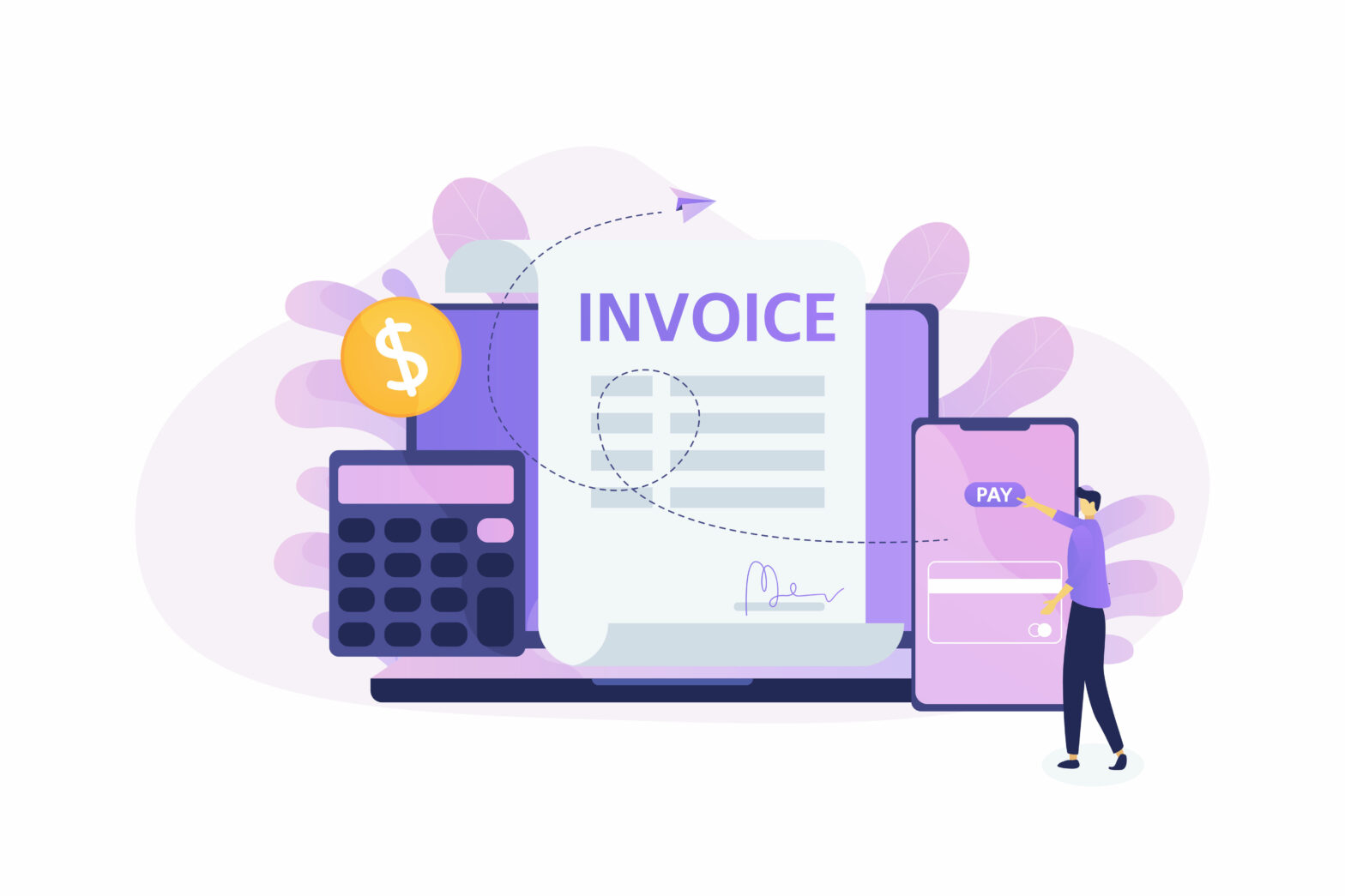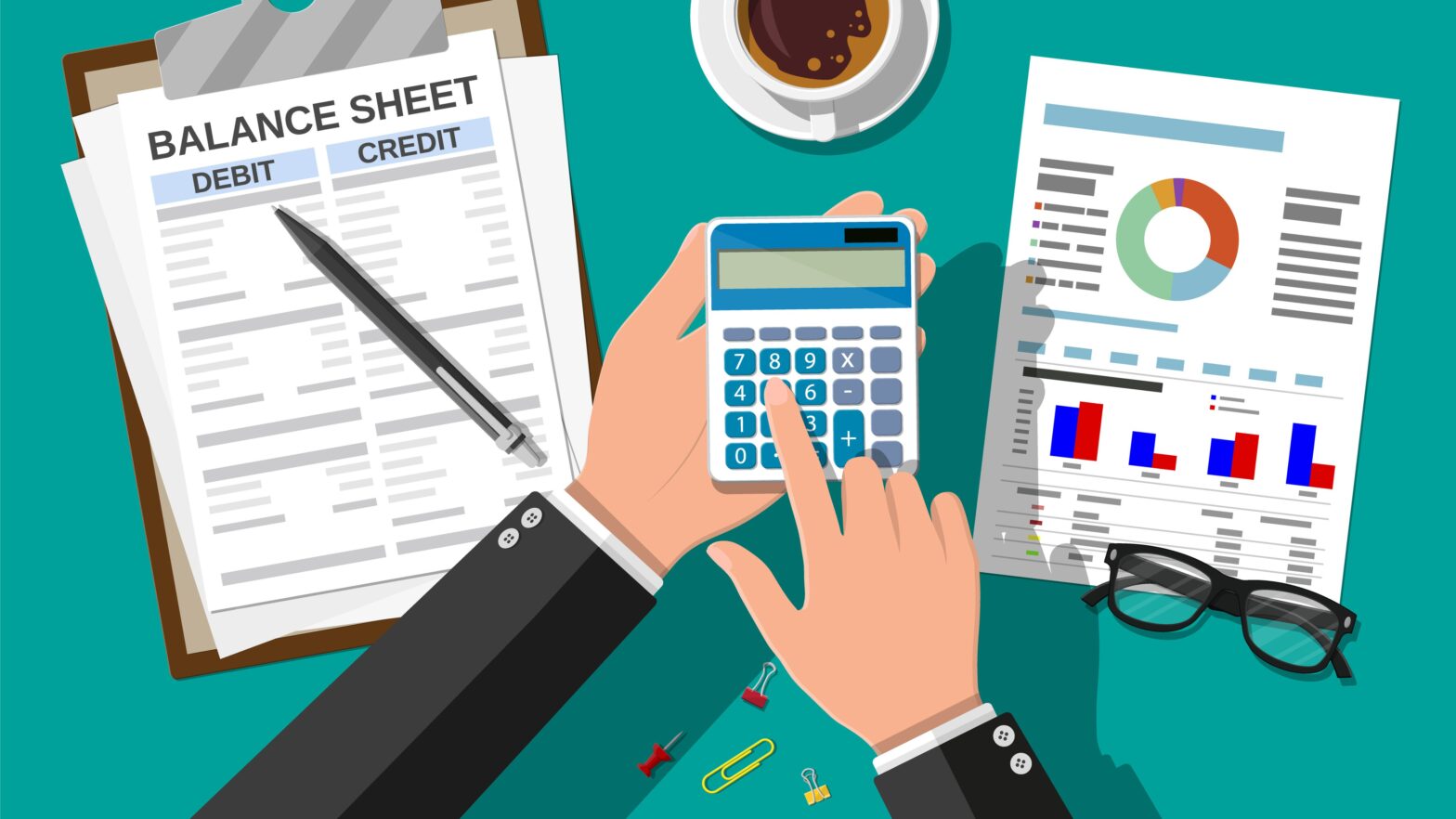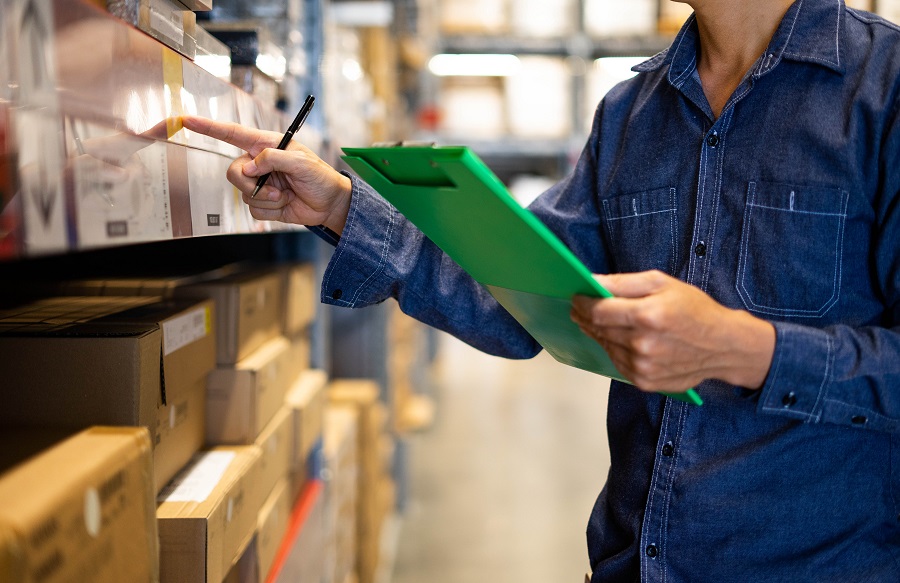After you’ve done your research, made a business plan, and got financing, perhaps through alternative finance if you didn’t have enough of a track history to persuade a bank or traditional lender to believe in you, then you went through the process of picking a business structure, choosing and registering your business name, and getting all required licenses and permits. You are finally ready to start your own business.
Although you may have thought you were well on your way to starting your own small business, you may have been surprised, when setting up your accounting and payment gateway systems, that you have been classified as a “high risk” business.
At this point, you may feel bewildered and ask a lot of questions. Why is your business considered risky? What is a high-risk merchant account? What can you do about it?
Let’s go over why your business is considered risky and the steps you can take to still be able to process credit cards.
Why you’re classified as a high-risk business
A high-risk merchant account is one that credit card processing banks consider risky.
Here are some reasons why a new business may have been classified as a high risk:
- 1. Your credit score is low.
- 2. Since your business is brand new, you don’t have a history of credit card processing.
- 3. Your business is in a new, emerging, unproven, or disreputable industry.
- 4. Your business only sells to customers in another country.
A few common reasons for chargebacks
If you have been in business for awhile and have changed your previous credit card processing service, then your business could be considered a high-risk business if you had too many chargebacks with your previous credit card processing service and put on a “match” list for excessive chargebacks.
Here are some reasons why you may have received numerous chargebacks:
- Customer didn’t recognize the descriptor on their credit card statement.
- Customer experienced buyer’s remorse because it’s a big ticket purchase ($1,000 to $10,000).
- Customers forgot that they made a purchase.
- Customers claim your products fall short of advertised benefits.
What you can do about it
There are four things you can do to change your status as a high-risk merchant.
- Dispute chargebacks
In essence, a chargeback is a customer claiming that your business has unfairly charged them. Respond to these claims with some proof that the transaction was a valid one. For instance, if a customer claims that they didn’t initiate the transaction in the first place, then you must show proof that it was them. If the transaction was online, you can show records of the order or logs of the customer’s IP address showing that they visited your website. If the transaction was in a physical store or office, then show their signature on the credit card receipt.
If you have a business where chargebacks are common, say you make customized products and there is a long time lapse between when a customer places an order and when they receive their merchandise, then you must keep careful records of the transactions so that you can dispute any claims. This is a common problem for businesses that make suits, build furniture, or provide travel services.
- Find out why you’re receiving a higher than average chargeback
Sometimes the problem may be easy to correct. It may be something as simple as the descriptor on your credit card does not match up with your business name. As a result, the customers don’t recognize that they made a purchase from your business.
- Get reclassified as a low-risk business
Sometimes banks will still accept your business but ask for for a much higher processing rate, claiming that they are taking on a risk. In order to be reclassified as a low risk, develop a positive history over time, which is usually a six month period where you have a low rate of refunds and chargebacks, usually below 1% of your total transactions.
- Find a trusted business partner
Some merchant account providers are willing to work with high-risk merchant accounts while charging perfectly reasonable rates. You may need to use these services if you are classified as a high-risk merchant for no fault of your own. For instance, you may just be a start-up with no previous credit history or a manufacturer of products that only suit the specific needs of customers in another country.
So, in conclusion, even if your business is considered a high risk, you don’t have to close down your business because you can’t collect payments. There are solutions.





